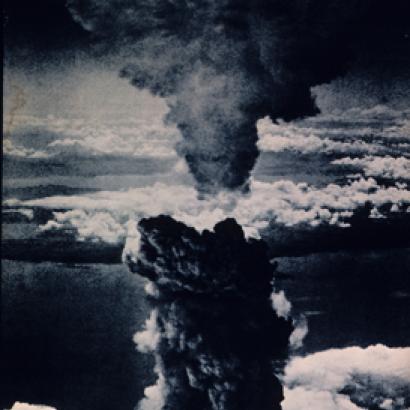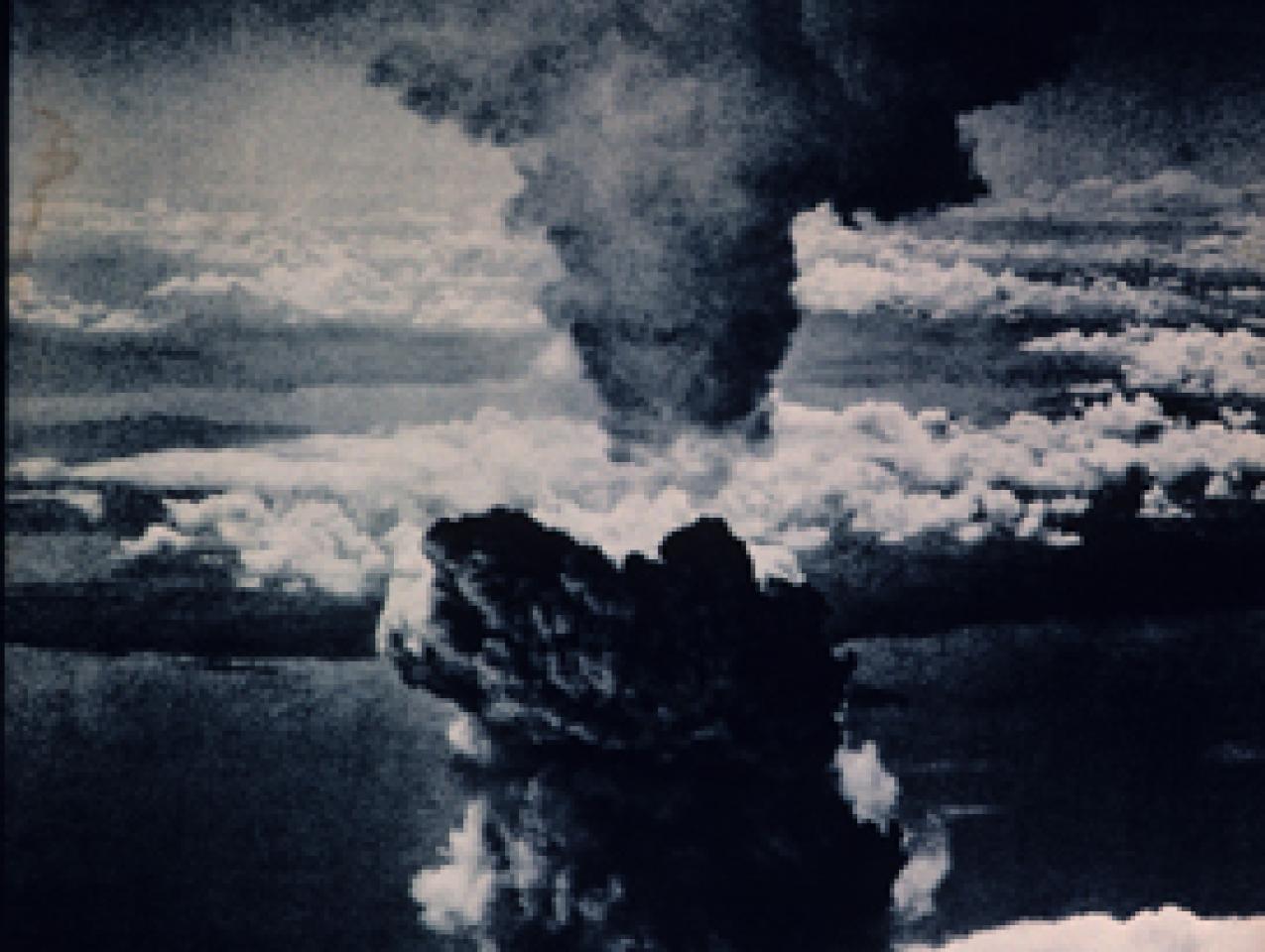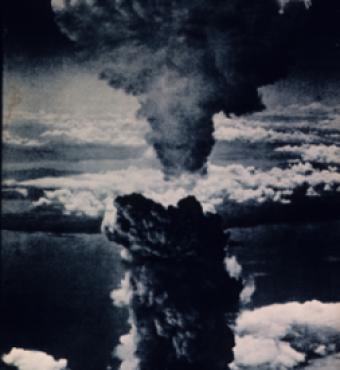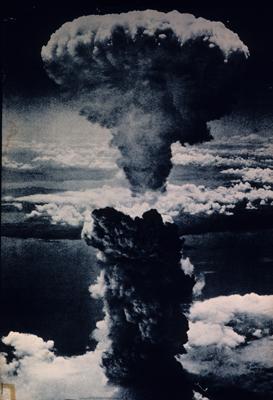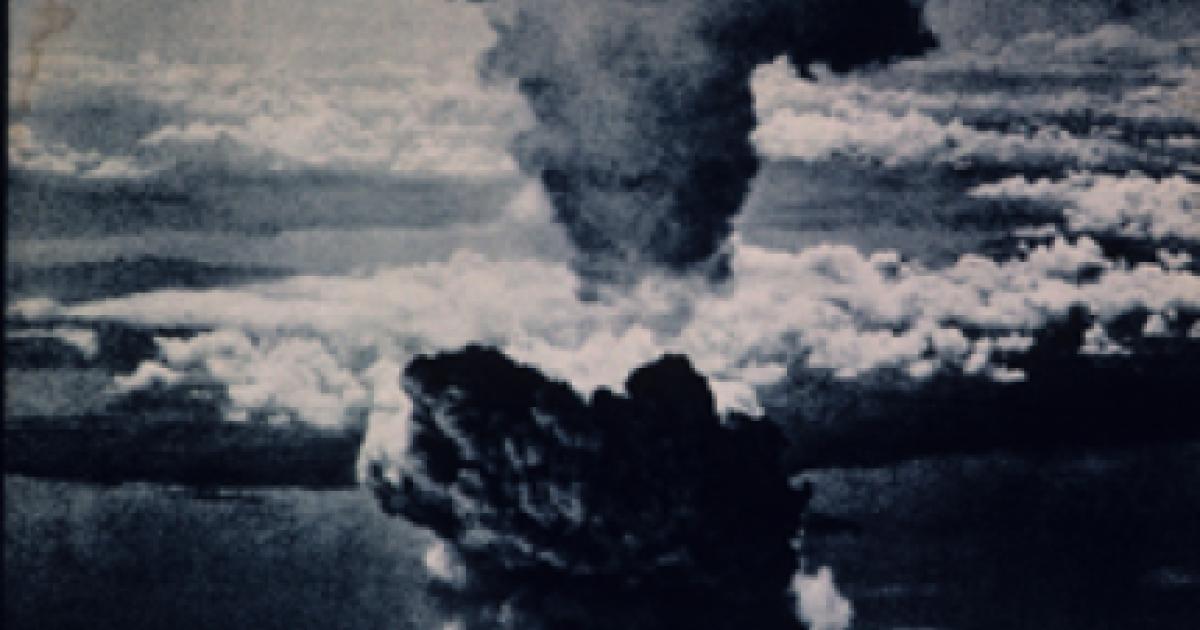- History
- Military
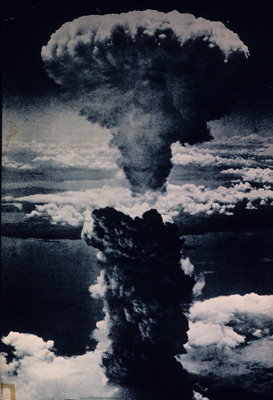
A new era of modern warfare began when German V-2 missiles hit London in September 1944. Soon thereafter, the U.S. military began studying how to proceed in the development of defensive counters to ballistic missiles. U.S. missile defense technology evolved slowly, to be sure, and other states have acquired a wide range of missile capabilities that remain challenging to defeat. Nevertheless, missile defense has now assumed a central role in global security.
In some ways, U.S. missile defense grew out of the air defenses of the 1950s and 1960s. Today we speak of missile defense largely in terms of “interceptors,” a word formerly given to the aircraft designed to defend against Soviet bombers coming over the North Pole, sometimes with nuclear-armed air-to-air missiles. Surface-to-air missiles (SAMs) like Nike were deployed near cities around the country, and some of those sites remain visible today. One air-defense program, at one time called “SAM-D,” became known as the PATRIOT in 1976.
As the Cold War nuclear arms race escalated between the United States and the Soviet Union during the 1960s, U.S. defense policy was influenced by the idea that the preservation of peace with the Soviet Union was best served through Mutual Assured Destruction (MAD), a doctrine premised on carefully managed mutual vulnerability to nuclear attack. The 1972 Anti-Ballistic Missile Treaty between the United States and USSR codified this relationship, allowing only two missile defense deployments for each superpower, and only one after amendment in 1974. The United States initially deployed nuclear-tipped Spartan and Sprint interceptors near ICBM fields in North Dakota, but these were operational for only six months. Sensor technology for tracking and discrimination was geometrically less advanced than today’s technology, and nuclear warheads served to compensate for the inability to intercept directly.
In contrast to the conventional view of deterrence associated with MAD, President Ronald Reagan advocated unorthodox thinking about national security, centered on the view that missile defense could serve as a means of transcending assured vulnerability. In 1983, he laid out his vision of rendering nuclear weapons obsolete. His Strategic Defense Initiative (SDI), or Star Wars, was an umbrella for experimental research and development programs to devise non-nuclear methods of destroying incoming missiles, both through kinetic “hit to kill” intercepts and more exotic technologies such as directed energy.
During the Gulf War, Saddam Hussein used numerous Scud missiles against coalition forces. These attacks showed that even conventionally armed ballistic missiles could be used as a tool to accomplish strategic purposes. The deployment of PATRIOT missiles in Israel and their use against the Scuds helped keep Israel out of the war and kept the coalition intact. The Gulf War experience led to a growing sense that at least minimal defenses against rogue-state missiles were necessary. In the mid-1990s, the ABM Treaty was amended both to acknowledge the dissolution of the Soviet Union and to allow for lower velocity, or “theater,” missile defenses that could not counter faster ICBMs.
The perception of the ABM treaty as the cornerstone of strategic stability waned in the 1990s. In 1998, a congressional commission led by Donald Rumsfeld provided an assessment of North Korean and Iranian missile development indicating that threats could develop sooner than previously expected. Shortly thereafter, North Korea conducted a provocative flight test of a Taepo Dong ballistic missile over Japan, which helped to galvanize both American and Japanese interest in active defenses. In 1999, Congress passed the National Missile Defense Act, which declared it U.S. policy to field a national missile defense system as soon as technically feasible. In December 2001, the George W. Bush administration announced its decision to withdraw the United States from the ABM treaty, and preparations were soon made to begin deploying at least some kind of capability against North Korea-style threats.
The United States now has four deployed missile defense architectures: the PATRIOT family of interceptors and For Point defense against shorter-range threat; the Terminal High Altitude Area Defense (THAAD) for larger area defense; the Ground-Based Midcourse Defense (GMD) to defend the homeland; and the ship-based missile defense system, Aegis, employing the Standard Missile-3 (SM-3) to provide fleet and regional defenses against short, medium, and intermediate-range threats. The United States currently has five Aegis BMD ships forward deployed at Yokosuka Naval Base in Japan along with a PATRIOT battalion on Okinawa Island. The United States also deploys a THAAD battery in Guam as well as three THAAD batteries garrisoned in Texas available for deployment abroad.
In 2004, the United States began fielding the GMD system, designed to defend against a limited number of simple, first-generation ICBMs. Based at Ft. Greely, Alaska, and later at Vandenberg Air Force Base in California, 30 ground-based interceptors (GBIs) are currently deployed, with that number set to increase to 44 by 2017. The GMD’s test record has been beset by fits and starts as well as by uneven funding but its most recent intercept test in June 2014 was a success.
It is the international dimension of missile defenses, however, that has truly helped secure their place as an accepted part of global security. The NATO Strategic Concept of 2010 ratified missile defense as a core alliance mission. In the 1980s, some NATO allies were skeptical of SDI, concerned that the shield might so alter the Cold War relationship that the U.S. would be decoupled from Europe. That concern has gradually diminished with post-Cold War proliferation. The Bush administration planned to place another ten GBIs in Poland and other shorter-range European interceptors to defend both the homeland and NATO allies against Iranian missiles, but in 2009 this plan was abandoned and replaced with a series of deployments known as the European Phased Adaptive Approach (EPAA). The first phase of EPAA involved the forward basing of four Aegis BMD ships in Rota, Spain. Subsequent phases include Aegis Ashore installations in Romania and Poland. Along with other shorter-range defenses, these installations provide a limited defense for virtually all of NATO. While thus far the focus has been on Iran, NATO members may need to reevaluate their individual and collective air and missile defense plans in the face of a resurgent and provocative Russia.
In the Middle East, the United Arab Emirates is in the process of purchasing two THAAD batteries, and other countries like Qatar and Saudi Arabia may purchase them as well. The release of Iranian missile sanctions under the Joint Comprehensive Plan of Action will help Iran’s ambitions for a longer and more diverse range of missiles. In this context, the states of the Gulf Cooperation Council (GCC) feel the need to buy defensive systems as a deterrent against their neighbor. Plans for GCC-wide information sharing to notify one another of Iranian missile launches would go a long way toward increasing capability and capacity, but political differences remain. In South Asia, India has begun an indigenous program as well.
Israel, with strong U.S. backing, is developing a three-tier air and missile defense shield, including Iron Dome to defeat rockets, older generation PATRIOT batteries and the future David’s Sling for medium-range and air-breathing threats, and the Arrow system for long-range threats from Iran, whose third generation is currently in development. Both David’s Sling and Arrow are being developed with substantial U.S. financial and technological support. The U.S. also operates a TPY-2 X-band radar deployed in Israel supporting both U.S. and Israeli missile defense in the region.
Countering North Korean and Chinese missile threats represents an especially high priority for Asia-Pacific allies. Japan currently deploys four Aegis BMD ships and has partnered with the United States to co-develop the newest Aegis interceptor, the SM-3 Block IIA, as well as to co-produce PATRIOT. South Korea, under tremendous threat from North Korea’s large arsenal of short-range missiles, rockets, and artillery, has begun to take real steps to address the threat, but its efforts remain far from sufficient.
The future focus of missile defense will differ substantially from that of the past two decades, which has been largely centered on ballistic missiles like the Scud or a North Korean ICBM. The future threat environment will be far more complex, including non-ballistic threats such as cruise missiles and hypersonic glide vehicles as well as sophisticated anti-ship missiles, which have spread even to Iran and Hezbollah. Already, some Aegis ships are equipped with SM-6 missiles specially designed for cruise missile threats. Space-based satellites remain an important but unaddressed need for early detection and tracking, but given the vulnerability of space assets, UAV-based sensors will be needed for redundancy. Revolutionary technologies such as directed energy (lasers) and electromagnetically-powered railguns have the potential to both dramatically increase magazine capacity and substantially decrease the cost per intercept. UAV-mounted lasers may provide a credible concept of operations for boost-phase defense that until recently had not been thought possible.
The dynamic future of missile defense will see defenses against missiles of various kinds continuing to spread to allies, partners, and even adversaries. Although missile defenses have not rendered nuclear weapons obsolete, technological development begun in the 1980s has introduced a realm of innovative capabilities that contribute to deterrence and stability. New challenges lie ahead, but none of this would have been possible had Ronald Reagan and others not chosen to lead in the first place.







